How bad is it? That’s a question most parents of autistic children will have been asked multiple times, yet never get closer to being able to answer.
Where do you begin when someone asks you what autism means for your child?
It’s everything and yet sometimes nothing.
That’s to say it’s ever-present in most aspects of their lives, but each and every one of us is a complicated mix of strengths and weaknesses, of quirky mannerisms and social awkwardness.
On one day, week, month, more, autism seems all-consuming as it engulfs your child and forces them into rigid patterns and challenging behaviours.
Yet in another moment, minute or more it’s forgotten as you laugh together, watch a movie, swim in the sea, eat ice cream.. enjoy life’s normal pleasures.
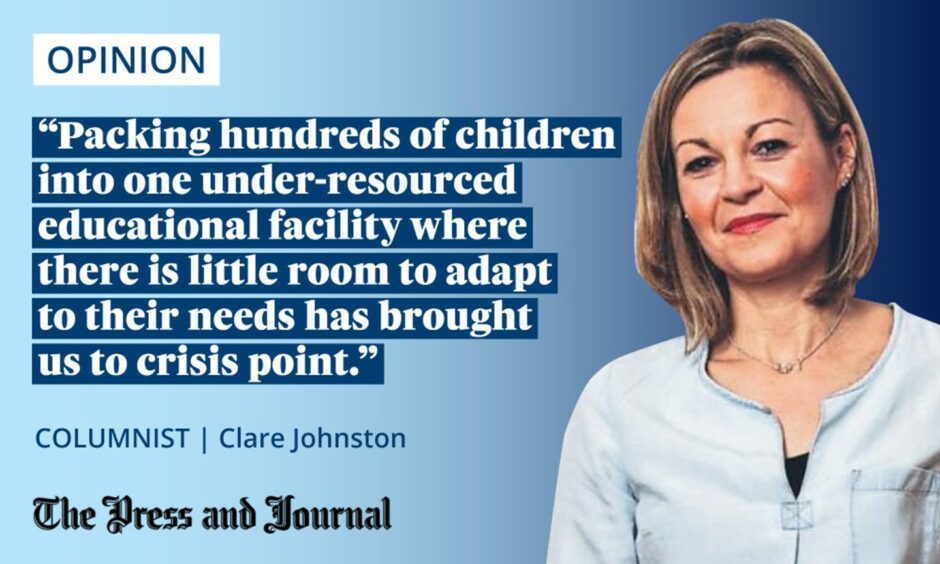
There are some common traits of course around sensory-processing difficulties, communicating and social interaction, repetitive behaviours, anxiety and fixations or extreme interests.
But how those show up in different people with autism will vary wildly.
So it’s not a question of “how bad” overall.
It could be really severe across all of those areas (and others), or it could be severe in one or several of those areas, but not others, or it could be mild across the board.
That’s what autism advocate Dr Stephen Shore meant when he said, “When you meet one person with autism, you’ve met one person with autism”.
When my son was diagnosed aged four, it was explained to us that it was necessary to give him this label so that others, particularly in an education setting, could better understand his needs.
It’s now 12 years later and I have to say an understanding of those needs and how best to serve them feels no further forward from a national and local government perspective.
‘Survival of the noisiest’ is no way to allocate autism support
Over the last couple of weeks our series highlighting the impact of a lack of adequate support for individual children and families, shows just how devastating the consequences of getting it wrong can be.
Yet it happens over and over again.
Parents first have to fight to get a diagnosis, usually following an unduly long wait, and then they’re almost left to figure it out for themselves.
Survival of the noisiest, the ones who can either afford to and/or have the confidence to push medical and educational doors until they open, is no way to organise support for children with additional needs.
The cost of not getting it right mounts with each passing day.
Children who are put into the wrong educational setting are more or less primed for failure.
Yet cutbacks mean many local authorities take a ‘try them in mainstream first’ approach and if it turns out to be a disaster then they’ll look at finding a specialist setting.
That’s too little, too late.
Early intervention is critical – yet so often the chance is missed
Everything we know about autism tells us early detection and intervention is crucial, backed up by multiple studies around the world linking both with better outcomes.
Specialist education for autistic children should be the starting point for early years, not where they end up when it’s found they can’t cope.
This problem isn’t going away and the cost to society and to the individual families and children left struggling without adequate support in intolerable circumstances just keeps mounting.
It’s going to take a root and branch shake-up to get this sorted out.
Packing hundreds of children into one under-resourced educational facility where there is little room to adapt to their needs has brought us to crisis point.
We’ve heard from families who have been left battle-weary from having to fight and even take councils to court to get support for children.
These are families who are already being put through the wringer every day in caring for children with significant additional needs, often without respite.
Some can barely take their eyes off their child for a minute for fear they may come to harm.
What kind of society are we if we can’t put the needs of children first?
Most families now are touched by neurodiversity in some way – whether it’s a diagnosis of autism, or dyslexia, ADHD, OCD, dyspraxia, Tourette’s, sometimes a mix of these.
Most of us recognise that there’s no such thing as a one-size-fits-all approach.
When will politicians catch up and actually do something about it?

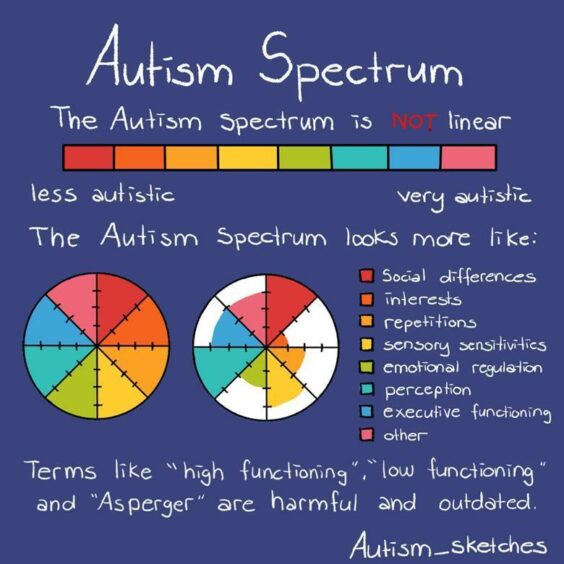
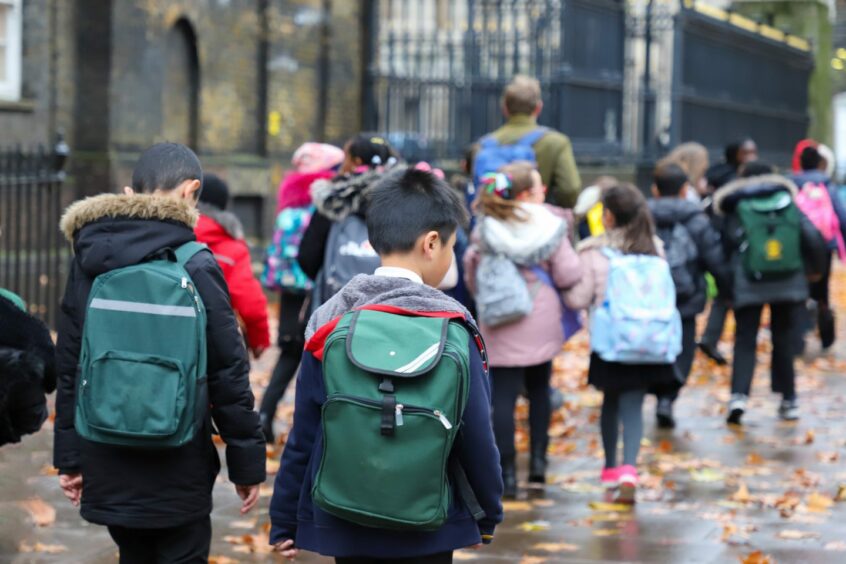


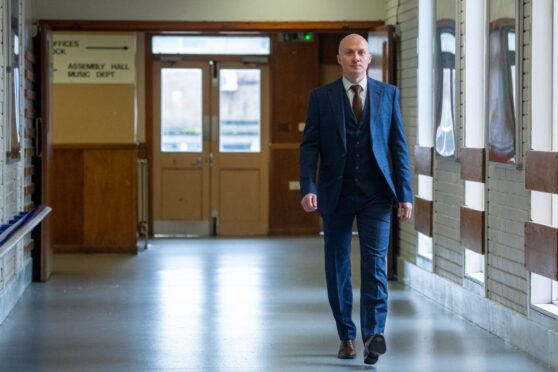
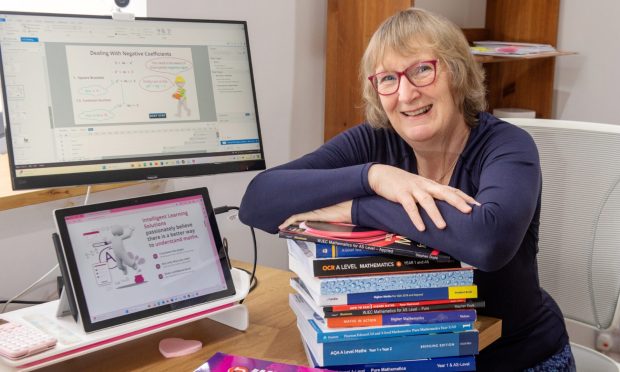
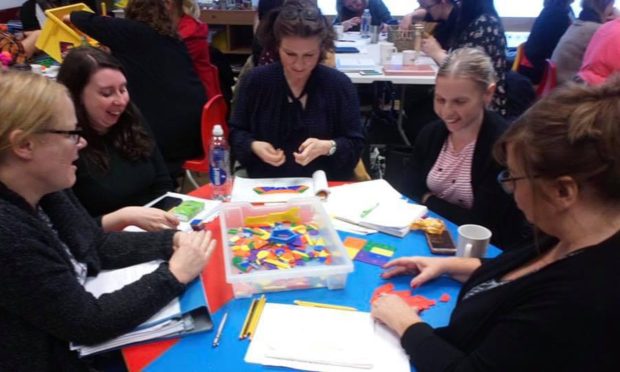

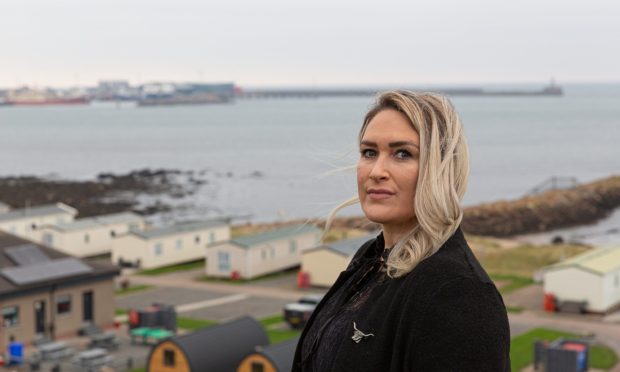


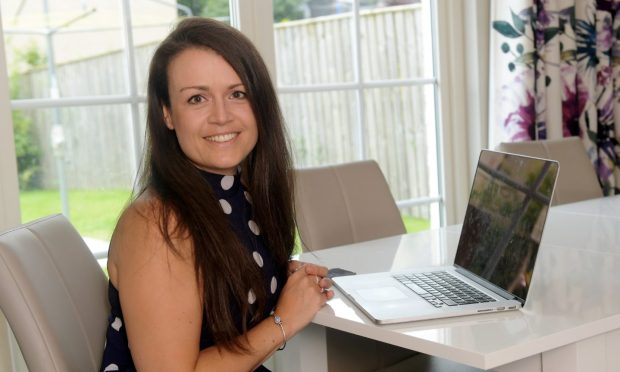
Conversation